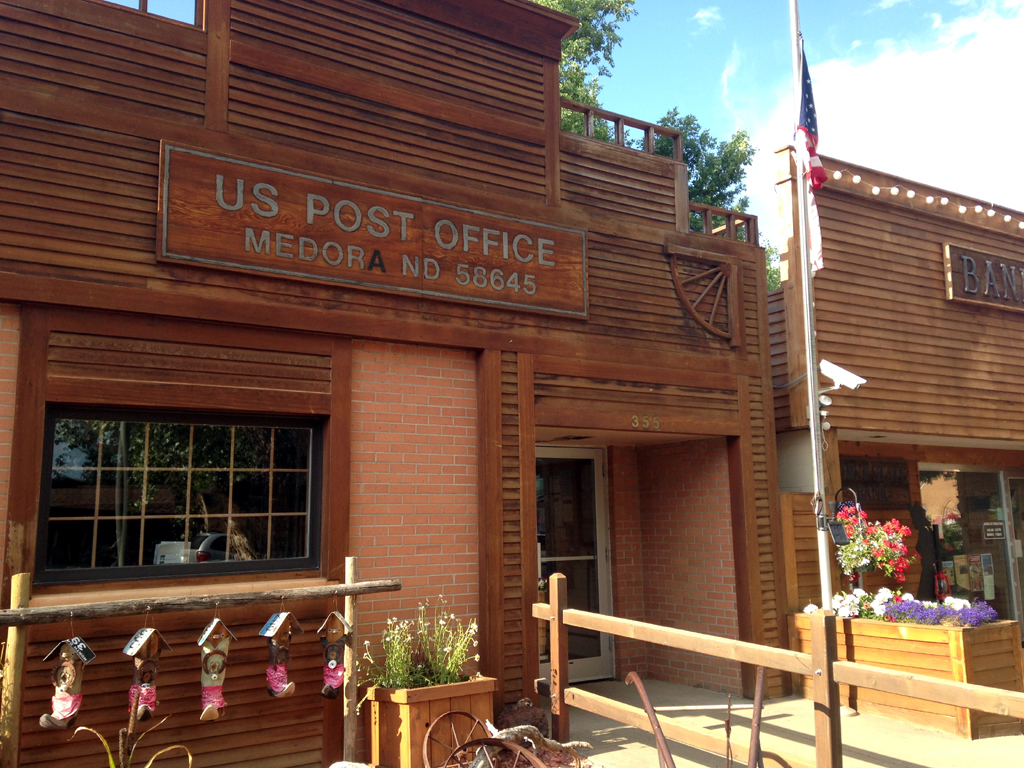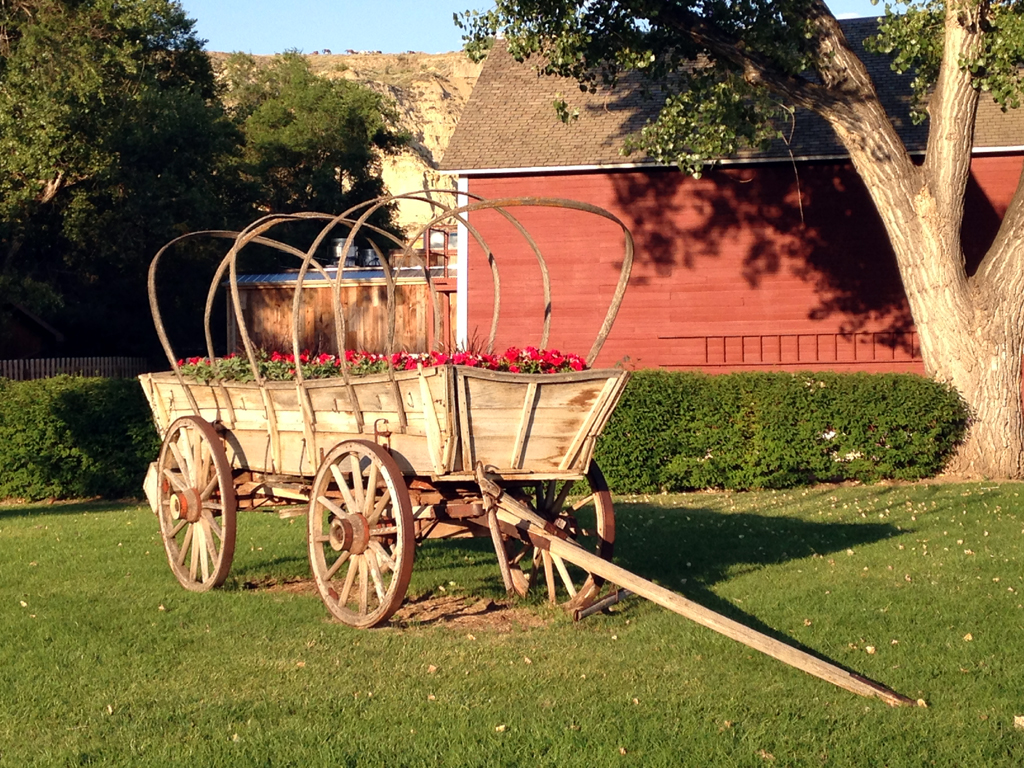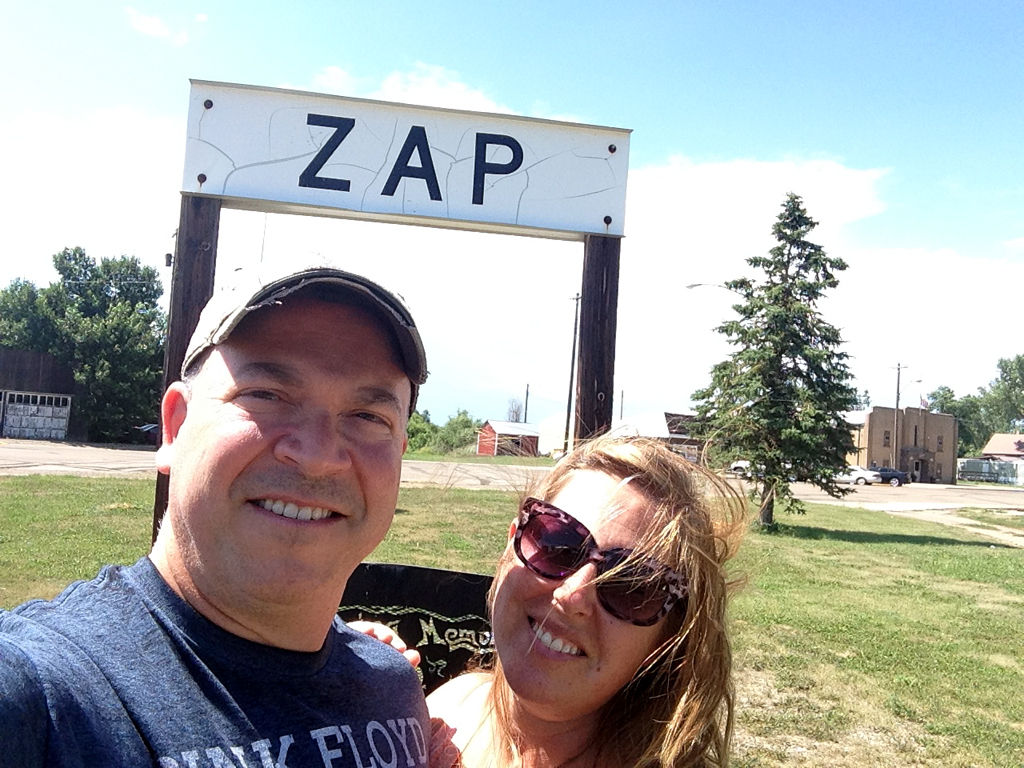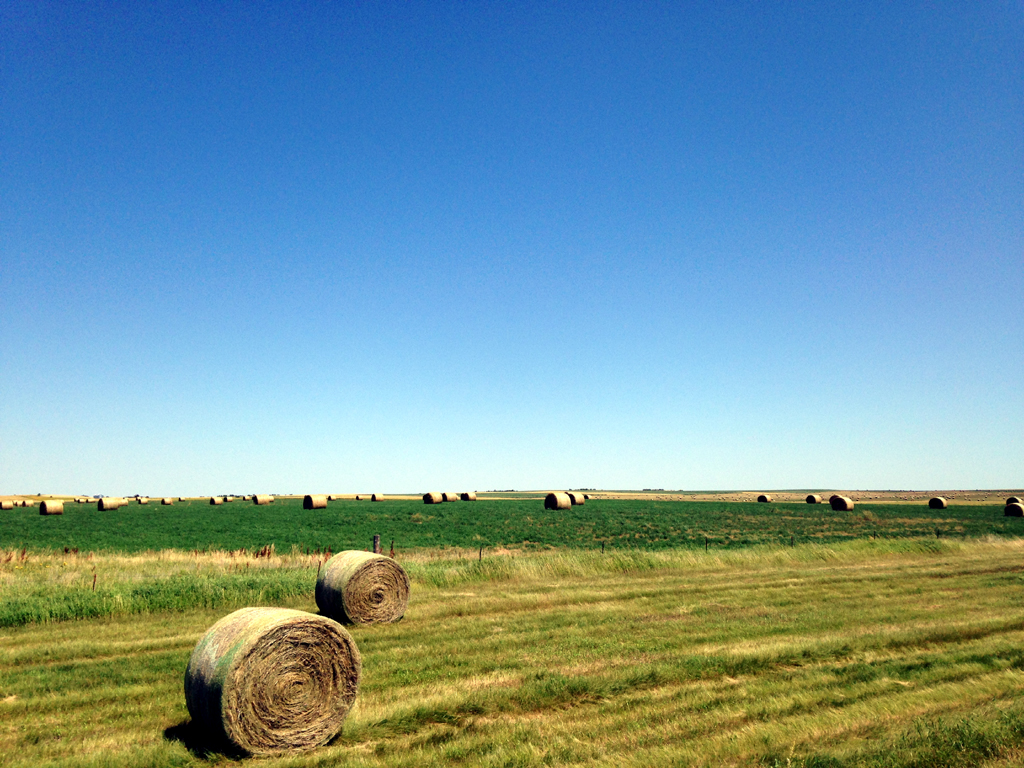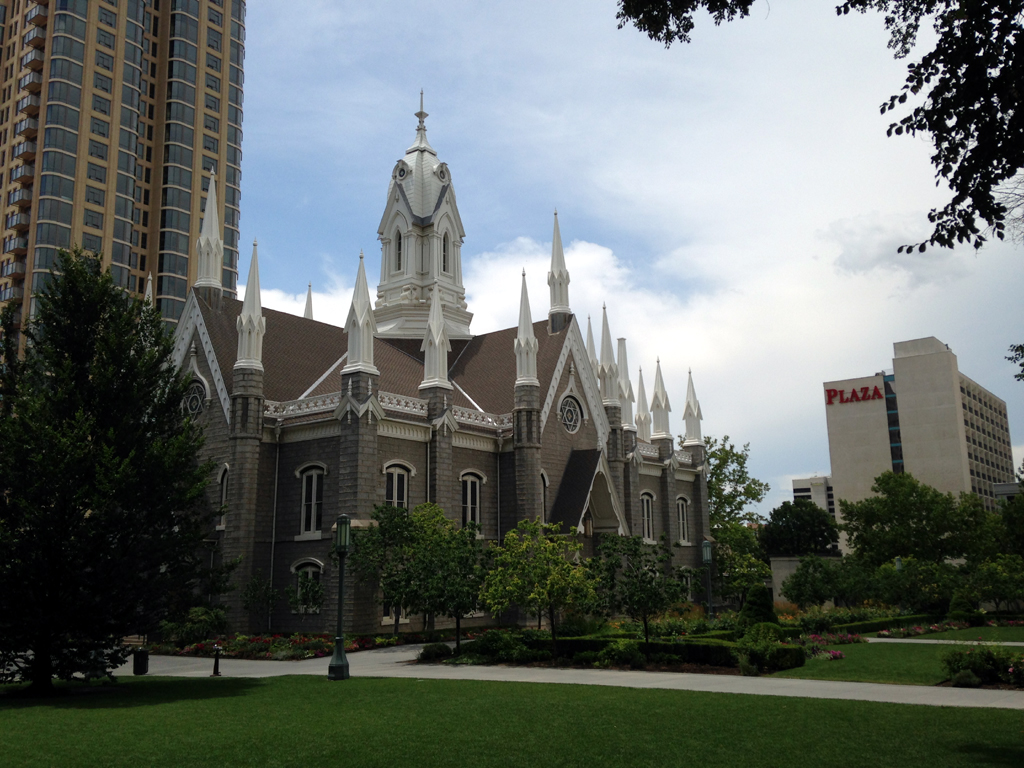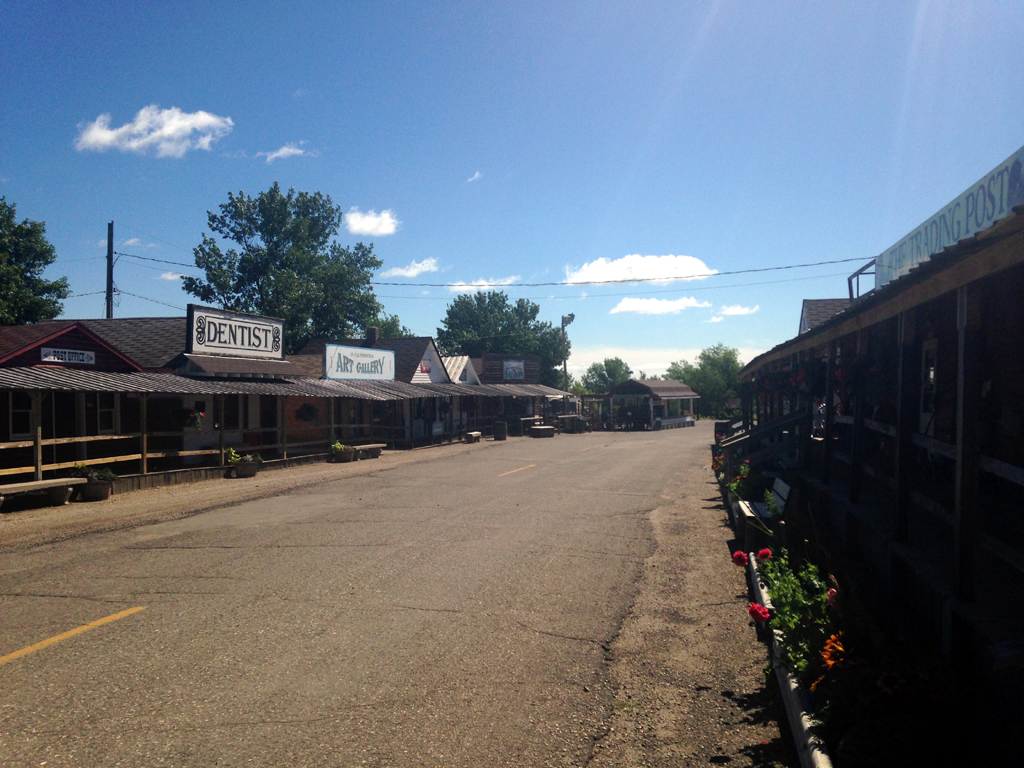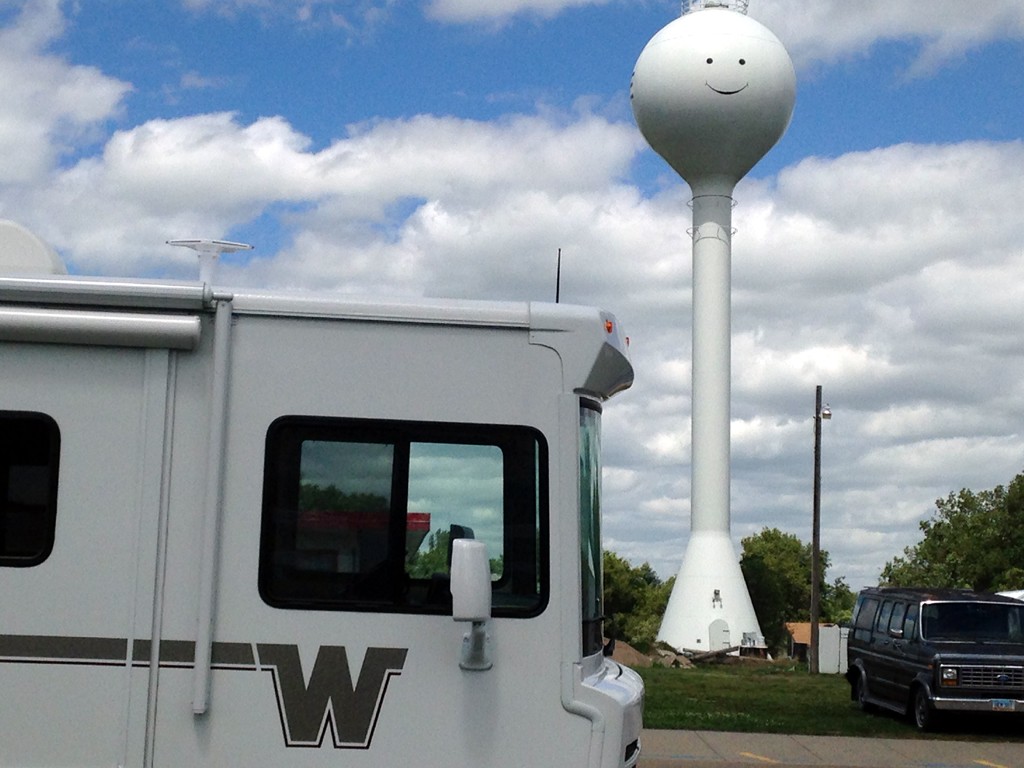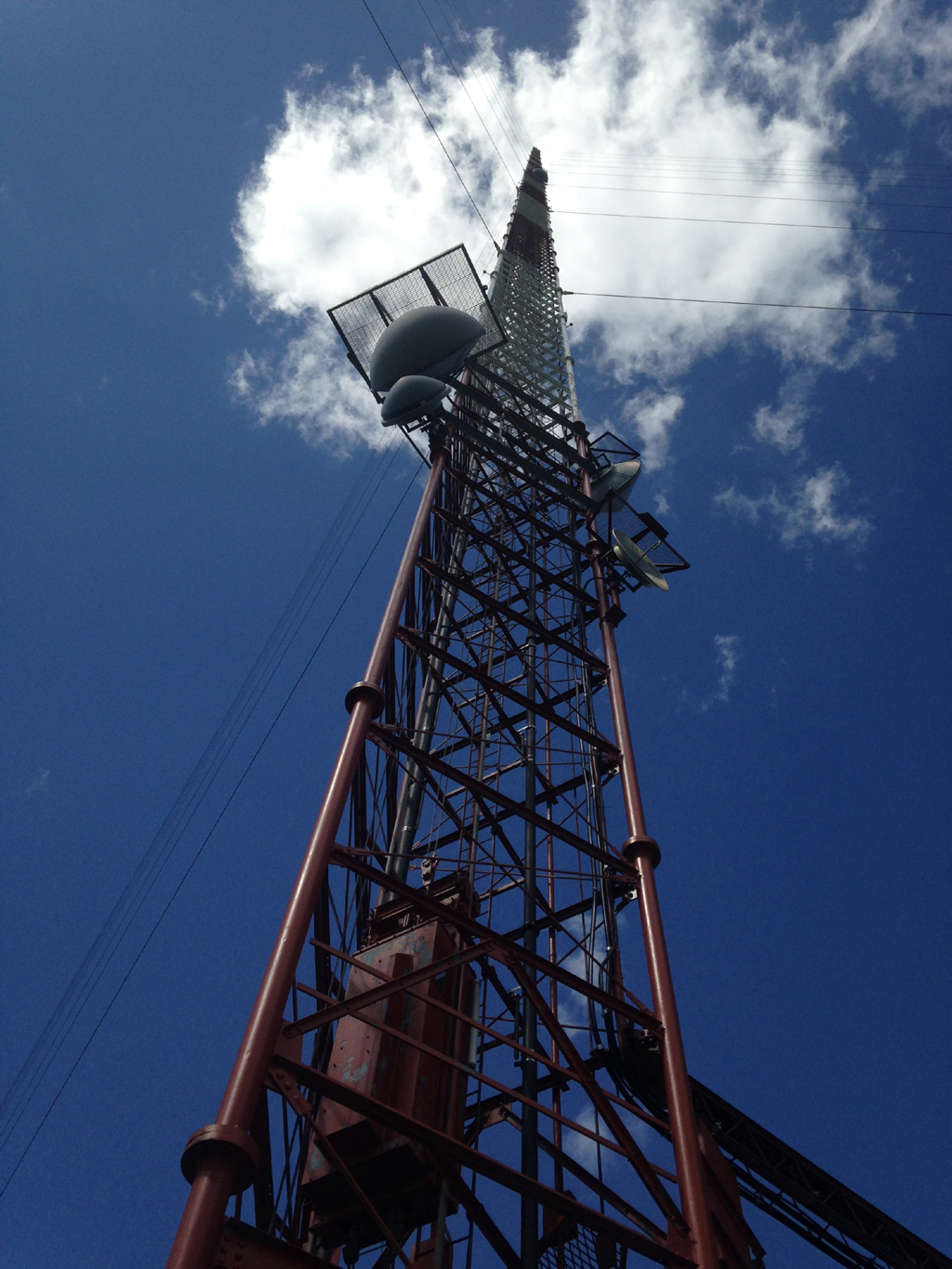
Dakota Superlatives
I'm a fraternal twin myself, so I can understand some of North Dakota's issues. The state tends to feel like the less popular one of a pair.
North and South Dakota were born on the same day--Nov. 2, 1889, weighing in at slightly more than 70,000 square miles each. The region had been called the Dakota Territory (from the Dakota tribe, which means "alliance of friends"), and when it was divided along the forty-sixth parallel each new entity laid claim to the name. Neither side would yield, so each was given a directional modifier. Unfortunately for North Dakota, it was the northern one.
So North Dakota has long had a bit of an identity problem. For one thing, South Dakota is home to longtime travelers' icons like Mount Rushmore and Wall Drug and the Corn Palace. North Dakota? It's been the recipient of quite a few slights over the years. CBS newsman Eric Sevareid once described the state as "a large rectangular blank in the national consciousness." And he was born and raised there. And Rand McNally once accidentally left a portion of the state out of its 1989 atlas. And an article in a 1995 issue of New York Times Magazine asked, "Is North Dakota necessary?"
North Dakotans are tired of the gibes directed at their state, so every once in a while a movement begins in North Dakota that is premised on a simple idea: Ditch the "North." The thinking seems to be that it conjures up images of igloos and ice floes. I suspect this is why Exit 1 in North Dakota directs you to a town called Beach. Who could be cold in Beach, right? Okay, it did get down to 60 degrees below zero one day in 1936, but less than five months later the state reached a record high of 121 degrees. And who doesn't like the change of seasons?
The anti-"North" faction rationalizes that the state is north only in relation to South Dakota, but not when compared to, say, Saskatchewan. They claim that a name alteration would bring positive publicity. But all you really have to do to appreciate North Dakota is drive through it. The state has already found some truly unique ways to attract attention.
"I never would have been president if it had not been for my experiences in North Dakota," Theodore Roosevelt once remarked. So our first stop in the state was a stroll through Medora, a charming little touristy place on the outskirts of the South Unit of Theodore Roosevelt National Park. And while we certainly didn't feel like we were roughing it as we cruised in our Winnebago Brave, we opted for a fine dinner in Theodore's Dining Room at the historic Rough Riders Hotel. Then we strolled the town, past candy chops and ice cream parlors and saloons and the North Dakota Cowboy Hall of Fame. It was magic hour, when the sunset paints masterpieces, and it felt like it.
But North Dakota's aim to attract hasn't always been so steeped in tradition. The next morning, we headed for a place with a quirky history all its own--a town called Zap.
For a fleeting moment in 1969, this little hiccup along Highway 200 in Mercer County thought it might emerge as the epicenter of the counterculture Sixties. Just weeks before Woodstock emerged as an iconic event (nearly 1,700 miles to the east), some folks in North Dakota tried to trumpet the "Zip to Zap." There was music. There were people converging from all over the nation. There was food. But the food ran out. The weather was freezing. The people rioted. It wasn't Woodstock.
The Zip to Zap was a bit of a zero. And it's now a humble and dwindling hiccup along the prairie (though there is an RV park there). But if there's a better name for a town, I haven't seen it. So Amy and I zipped to Zap 46 years after the broad invitation.
From there, we eschewed the interstate and set off down the back roads of North Dakota, making our way toward Bismarck, but really meandering. It was exceptionally windy, which is always a bit of a challenge. But it was also unexpectedly beautiful--that happens when you feel like you can see forever and you keep coming across fields of rolled hay stretching toward the horizon.
There were once bison herds just as numerous. So our next stop--and North Dakota's next example of attempting to snag passing tourists--was the National Buffalo Museum in Jamestown, about 100 miles east of Bismarck. You can't miss the museum because standing guard over it all is a 26-foot-tall, 46-foot-long cement sculpture known as the World's Largest Buffalo. It was built in 1959 by a fellow named Harold Newman, a local merchant who envisioned an eye-catching tourist attraction. His name is Dakota Thunder.
To add some legitimacy to the kitsch, a few dozen bison were transplanted from Theodore Roosevelt National Park. They roam some two hundred acres of pasture on either side of the interstate. We saw only one, but it was a memorable one--at 19-year-old named White Cloud, an incredibly rare albino bison. We saw her in the distance, too far for a photo, though the folks speeding along I-94 could get a great view, albeit a blur.
So yes, a rare bison standing next to an interstate. Mixed feelings about that one.
Just a few steps from the big concrete buffalo, we strolled through Jamestown's Frontier Village, a collection of storefronts and artifacts--a barber shop, a dentist, an art gallery, an antique store, a jail, a pony ride, a saloon, even a Louis L'Amour Writer's Shack. If you squint real hard--and the sun and wind made that easy--you could imagine you were back in a 19th century prairie town.
From there, again we meandered. And in doing so, we found a sense of hope. Actually, we found a pleasant little community called Hope, North Dakota, where there's a county history museum and a water tower than offers a smile.
Of course, North Dakota's hope for setting itself apart tends to aim toward superlatives. The Zip to Zap. The World's Largest Buffalo. And none surpass the final destination of our ND journey. Believe it or not, the western hemisphere's tallest man-made land-based structure is in North Dakota. At 2,063 feet, the KVLY-TV mast, a 43-year-old television transmitting tower three miles west of Blanchard (about midway between Grand Forks and Fargo), is taller than the combined height of the Great Pyramid, the Eiffel Tower and the Washington Monument. It's about 100 meters taller than Chicago's Willis Tower. The KVLY mast contains two million feet of steel and cable -- a true marvel of engineering. Remarkably, there's another, the KXJB tower five miles away, that is only three feet shorter. And all of this can be found in a state where even four-story grain elevators are called prairie skyscrapers.
We didn't see a single sign telling us how to get there, but we only had to navigate by sight, aiming for a candy-cane-colored behemoth among the fallow fields along an unmarked dirt road.
And maybe that was the right way to complete our North Dakota excursion--by visiting an overlooked superlative rising from the flatlands like a massive exclamation point. So there you have it: A would-be Woodstock. A gigantic peppermint stick. A sculpture overlooking the comings and goings on I-94 like a rural Colossus of Rhodes. Who needs a name change?
Comments
Comments on this post are moderated, so they will not appear instantly. All relevant questions and helpful notes are welcome! If you have a service inquiry or question related to your RV, please reach out to the customer care team directly using the phone numbers or contact form on this page .
